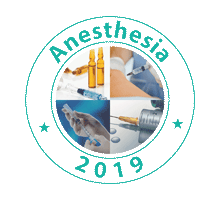Shagun Bhatia Shah
Rajiv Gandhi Cancer Institute and Research Centre, India
Title: Anaesthesia for robotic surgery: Patient positioning, ergonomics and clinical pearls
Biography
Biography: Shagun Bhatia Shah
Abstract
Robotic surgery has revolutionised patient management and opened newer doors for the anaesthesiologists regarding patient safety. Patient positioning and operation theatre (OT) configuration assumes unique importance for robotic surgery due to multiple factors. First and fore-most, the position cannot be changed once the robot is docked. Further, adequate surgical exposure requires extreme positioning and revamping of the existing positioning devices. In addition, there is restricted access to the patient and its antecedent problems. Last, but not the least, space restriction and protection of patient from the clashing robotic arms requires special devices and several unfavourable position modifications. Position related nerve palsies, pressure ulcers, port site necrosis, venous thrombosis and other injuries are on the rise in the recent years and appropriate measures may make it largely preventable. Extreme positioning causes physiological changes necessitating changes in ventilatory strategies and anaesthetic techniques. Our experience of providing perioperative and anaesthetic care for more than 3000 robotic surgeries (various surgical disciplines) has helped us to highlight the major positioning associated deficiencies and anaesthetic and other problems during robotic surgeries. We have also attempted to find practical solutions for the same and to define the best practices for robotic positioning using a thorough review of literature.

